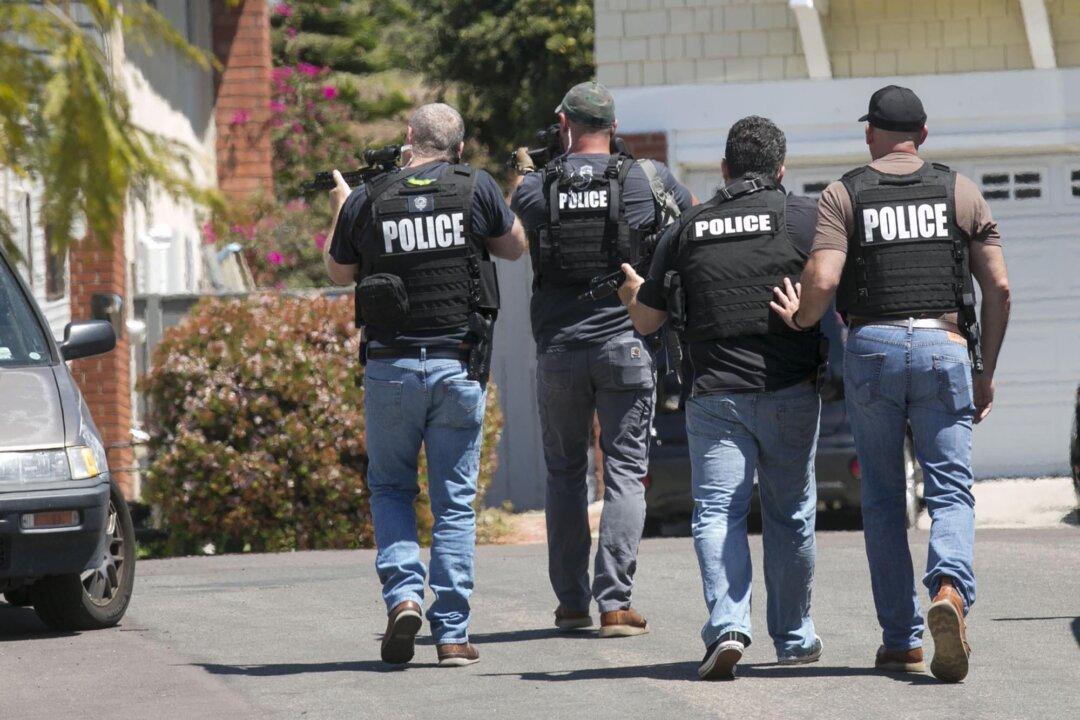The San Diego Police Department lost 236 officers last year—the highest number in a decade—citing the city’s COVID-19 vaccine mandate, anti-police sentiment, and a high cost of living among reasons for leaving, according to a department spokesman.
“The persistent and negative law enforcement narrative in recent years has left many feeling demoralized and under greater scrutiny while continuing to face the increased challenges of providing public safety in a major city,” San Diego Police Department spokesman Lt. Adam Sharki told The Epoch Times.





